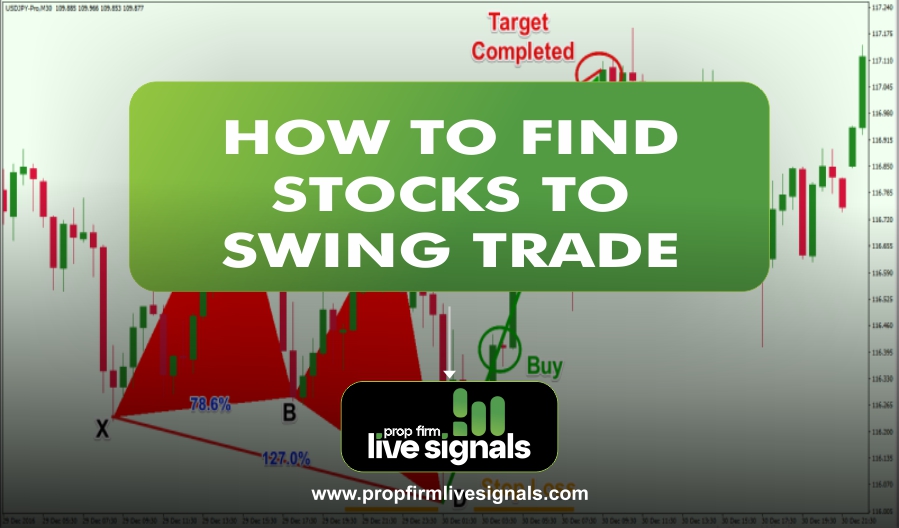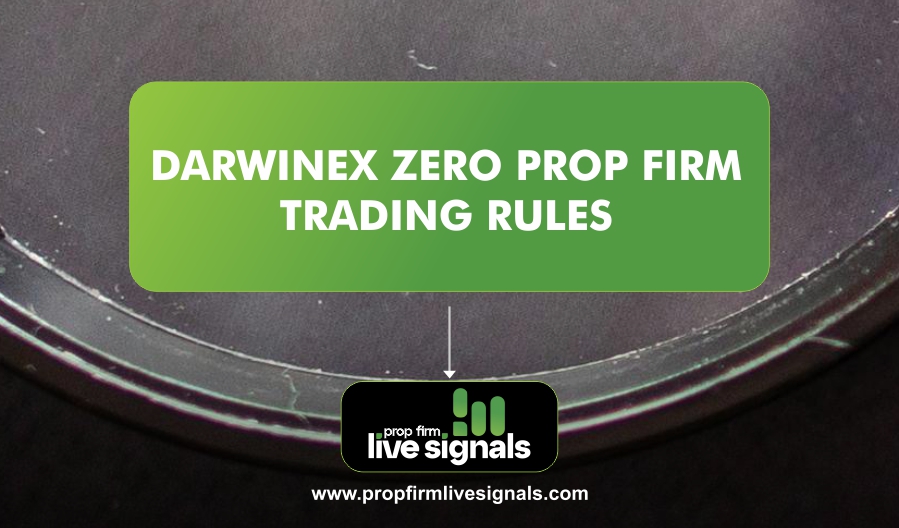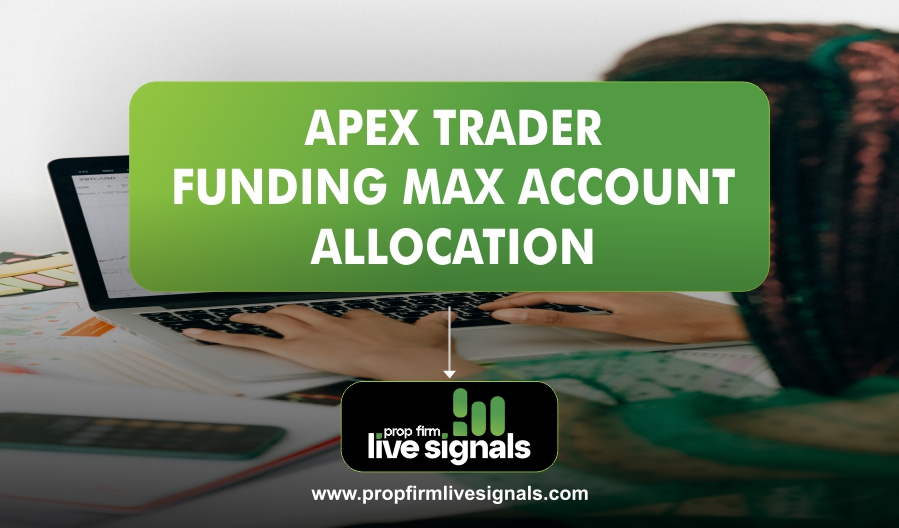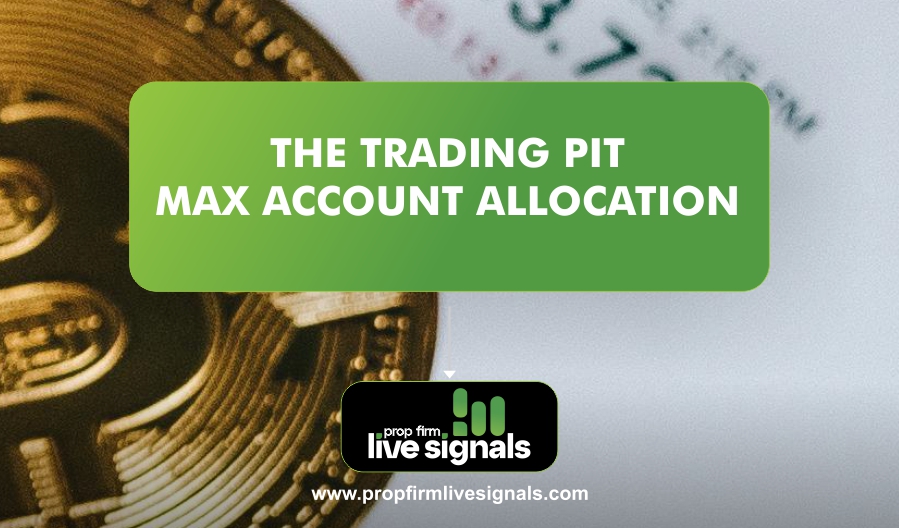Swing trading is an excellent choice for traders who want to actively participate in the stock market but do not have the time to engage in full-time trading. By identifying the right stocks, using technical indicators, and implementing strategic trade management, swing traders can optimize their profits while minimizing risk. However, not all stocks are suitable for swing trading. The key is to find stocks that exhibit strong price movements, high liquidity, and clear market trends.
To achieve consistent success in swing trading, traders must understand how to select the best stocks for their strategy. This includes using stock screeners, analyzing technical indicators, monitoring market news, and recognizing entry and exit points. With the right approach, traders can maximize their gains while limiting their losses.
Understanding Swing Trading
Swing trading is based on identifying stocks that exhibit short-term price momentum. Traders use technical and fundamental analysis to determine the best entry and exit points. The goal is to buy low and sell high within a short time frame.
Characteristics of a Good Swing Trading Stock:
- High volatility: Stocks with significant price swings provide better trading opportunities.
- Sufficient trading volume: High liquidity ensures smooth trade execution.
- Strong trends: Stocks moving in a clear upward or downward trend are ideal for swing trading.
- News catalysts: Earnings reports, economic data, or company announcements can drive short-term price movements.
How to Find Stocks to Swing Trade
To find the best stocks for swing trading, traders rely on various tools, market scanners, and indicators. Here are some effective methods:
A. Use Stock Screeners
Stock screeners help traders filter stocks based on specific criteria like volatility, trading volume, and price action. Some popular stock screeners include:
- Finviz (https://finviz.com/)
- TradingView (https://www.tradingview.com/)
- Yahoo Finance (https://finance.yahoo.com/)
- ThinkorSwim (by TD Ameritrade)
Filters to Use in a Stock Screener:
- Average trading volume above 1 million shares
- Price change percentage (2% to 10% in the last few days)
- Stocks in a strong uptrend or downtrend
- RSI (Relative Strength Index) between 30 and 70
B. Identify Stocks with High Volatility
Stocks with high volatility offer more trading opportunities. You can identify volatile stocks by checking:
- ATR (Average True Range): A high ATR indicates greater price movement.
- Beta Value: Stocks with a beta greater than 1.5 are more volatile than the market.
- Earnings Reports: Stocks often experience high volatility after earnings announcements.
C. Use Technical Indicators
Technical indicators help traders identify trends, entry points, and exit points. Here are the most useful indicators for swing trading:
- Moving Averages (MA): The 50-day and 200-day moving averages help determine the trend direction.
- Relative Strength Index (RSI): Measures momentum and identifies overbought or oversold conditions.
- MACD (Moving Average Convergence Divergence): Helps identify trend changes.
- Bollinger Bands: Indicates volatility and potential breakout points.
- Support and Resistance Levels: Helps determine entry and exit points.
D. Monitor Market News and Events
News can significantly impact stock prices, making it essential to stay updated on:
- Earnings announcements
- Economic reports (GDP, interest rates, employment data)
- Company-related news (mergers, acquisitions, lawsuits)
- Sector trends and global economic conditions
Websites like CNBC, Bloomberg, and Yahoo Finance provide real-time stock market news and updates.
E. Follow Pre-Market and After-Hours Movements
Pre-market and after-hours trading activity can indicate strong price movements for the upcoming trading session. Websites like Nasdaq and MarketWatch provide pre-market and after-hours stock data.
Best Strategies On How to find stocks to swing trade
A. Trend Following Strategy
- Identify stocks in an uptrend or downtrend using moving averages.
- Enter a trade when the stock pulls back to a support level.
- Exit the trade when the stock reaches a resistance level or shows signs of reversal.
B. Breakout Trading Strategy
- Look for stocks breaking above a resistance level with high volume.
- Enter a trade as soon as the breakout is confirmed.
- Use stop-loss orders to protect against false breakouts.
C. Reversal Trading Strategy
- Identify stocks that are oversold or overbought using RSI.
- Look for candlestick patterns signaling a trend reversal.
- Enter a trade once the reversal is confirmed.
D. Swing Trading Risk Management
Risk management is critical in swing trading to prevent significant losses. Some risk management strategies include:
- Setting Stop-Loss Orders: Define a point at which you will exit the trade to minimize losses.
- Risk-Reward Ratio: Aim for a risk-reward ratio of at least 1:2.
- Diversification: Avoid putting all your capital into one trade.
- Avoid Emotional Trading: Stick to your trading plan and avoid impulsive decisions.
Conclusion
Finding the right stocks for swing trading requires a combination of technical analysis, stock screening tools, and market awareness. By focusing on stocks with high volatility, strong trends, and significant trading volume, traders can increase their chances of making profitable trades. Whether you are a beginner or an experienced trader, using the right strategies and risk management techniques is crucial for long-term success in swing trading.
Swing trading is not without risks, but with proper research, discipline, and a well-planned approach, it can be a profitable trading strategy. Keep learning, stay updated with market trends, and refine your trading strategy to become a successful swing trader.
Frequently Asked Questions (FAQs)
How much money do I need to start swing trading?
You can start with as little as $500 to $1,000, but having at least $5,000 to $10,000 allows for better risk management and more trading opportunities.
How long should I hold a stock in swing trading?
Swing trades typically last between a few days to a few weeks, depending on the stock’s movement and strategy.
What are the risks of swing trading?
- Market volatility can lead to sudden losses.
- False breakouts can trigger stop-loss orders.
- Holding overnight exposes traders to after-hours price changes.
Can I swing trade with a full-time job?
Yes. Swing trading is suitable for part-time traders because it does not require constant monitoring like day trading.
What is the best time of day to enter a swing trade?
The best times to enter swing trades are during the market opening and the last hour before the market closes.




